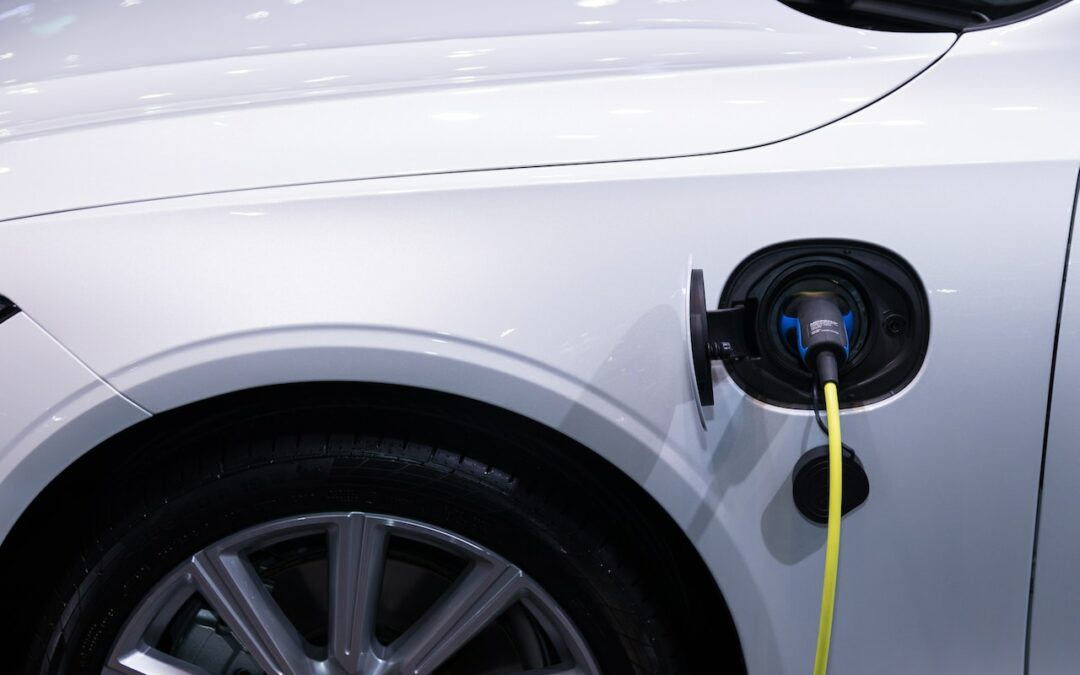
MINI John Cooper Works E PROtotype previews electric hot hatch
MINI’s truly hot electric Cooper will be previewed at this year’s Goodwood Festival of Speed

MINI’s truly hot electric Cooper will be previewed at this year’s Goodwood Festival of Speed

Every month, the Good On You team scours the internet to find you the ethical and sustainable fashion news that matters. Here’s everything you need to know in July 2024. In the know Seoul Authorities Find SHEIN Products Contain High Levels of Toxic Chemicals (Le Monde) A recent report released by the South Korean government […]
The post 10 Things to Know in Sustainable Fashion This July appeared first on Good On You.

Electrification advocacy group Rewiring Australia has urged Australia to “double down on electrification”, referring to the finding of AEMO’s Integrated System Plan (ISP) that the country can reliably run on renewable energy, but needs more of it.
“The ISP makes clear that the best course of climate action is to double down on progress made already, support the 3.8 million households with rooftop solar and not U-turn towards slow and expensive nuclear baseload power,” said Dan Cass, Rewiring Australia’s Executive Director.
“Consumer-owned rooftop solar, electric vehicles and batteries from households and businesses have the largest potential for generation, storage and firming capacity by 2050 — more potential than nuclear,” he added.
Cass described rooftop solar as the world’s cheapest delivered energy, with nuclear unable to compete. He said the next step was for governments and industry to coordinate better to deliver large-scale renewables.
“This includes communicating the benefits of clean energy to communities, negotiating with them in good faith and sharing the benefits of clean energy infrastructure more fairly with locals,” he said.
“We also need to focus more on consumers in cities and towns by super-sizing solar and storage on these distribution networks.
“Electrification is the fastest, cheapest and fairest way to decarbonise. We must seize this opportunity to ensure more Australians enjoy the benefits of household electrification as soon as possible,” Cass concluded.
Image credit: iStock.com/zstockphotos

Working across assemblage, sculpture, and installation and often in communities, vanessa german (previously) frequently returns to love and honesty as the core of her practice and therefore, her life. She believes love is an “infinite human technology” with the immense potential to catalyze change and mobilize people, and it emerges in her work not as a theme or metaphor but as a material, named alongside others like rose quartz, Astroturf, and the artist’s own hair. More
Do stories and artists like this matter to you? Become a Colossal Member today and support independent arts publishing for as little as $5 per month. The article A Colossal Conversation: vanessa german On Being Whole and Having a Responsibility to Be Irresponsible appeared first on Colossal.